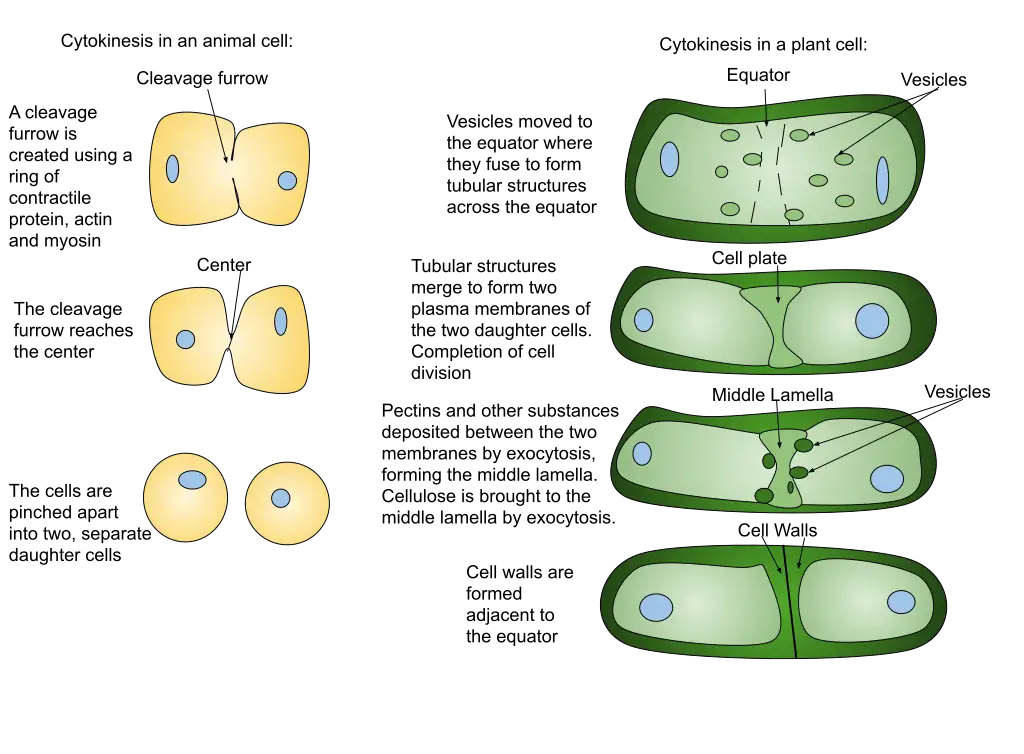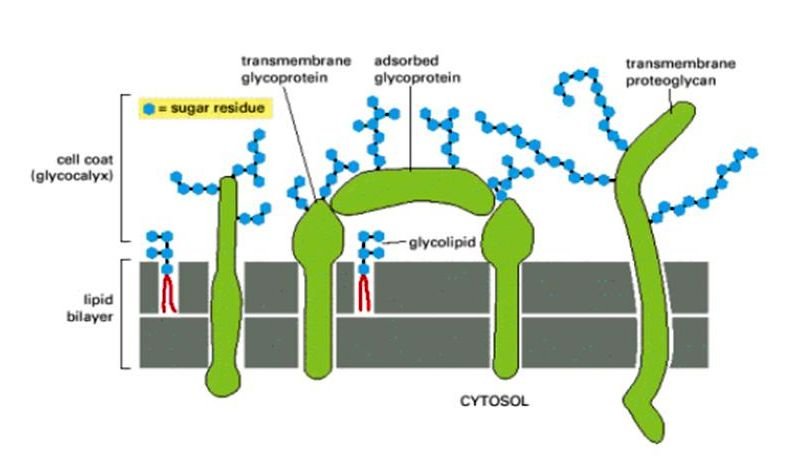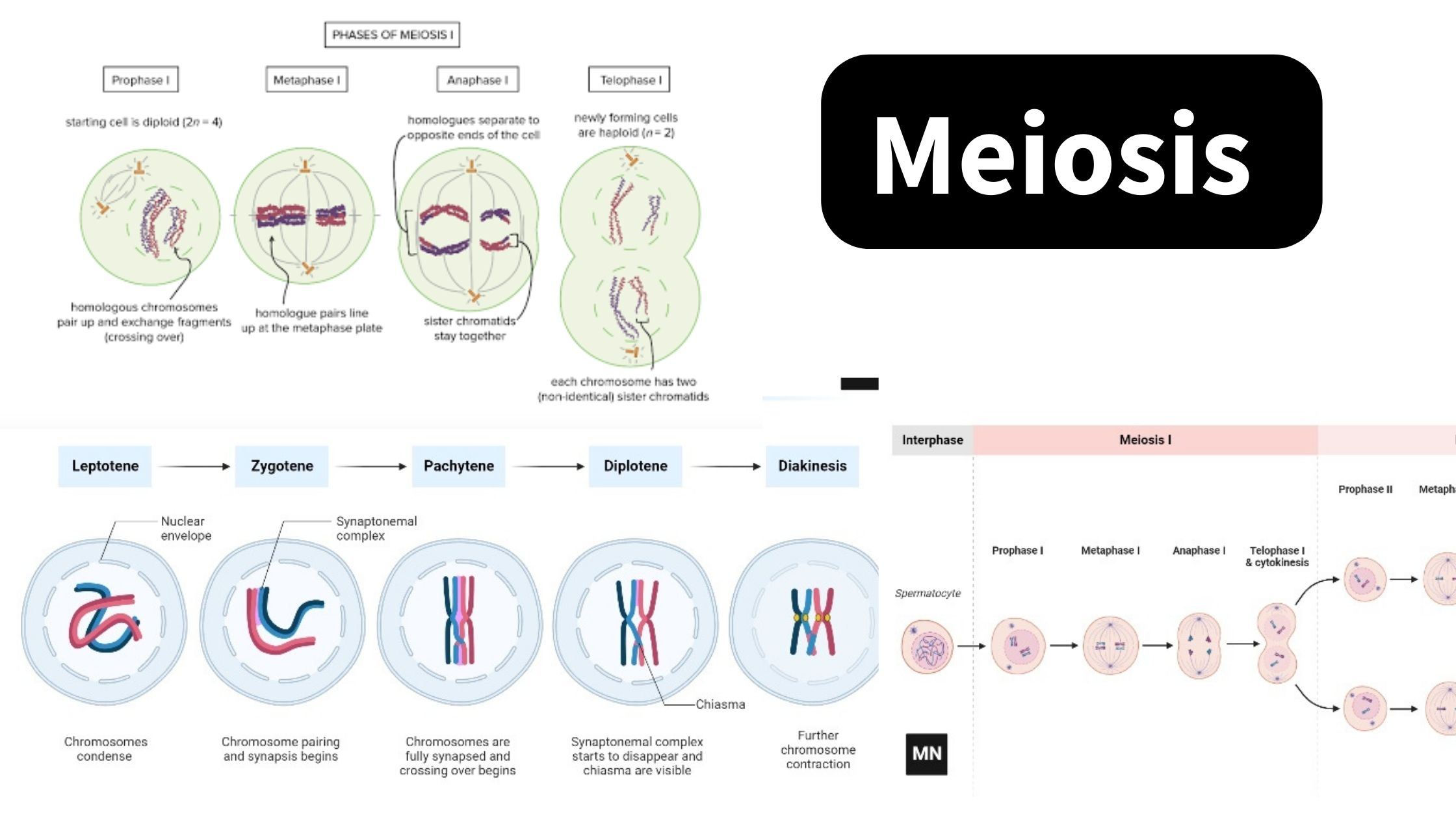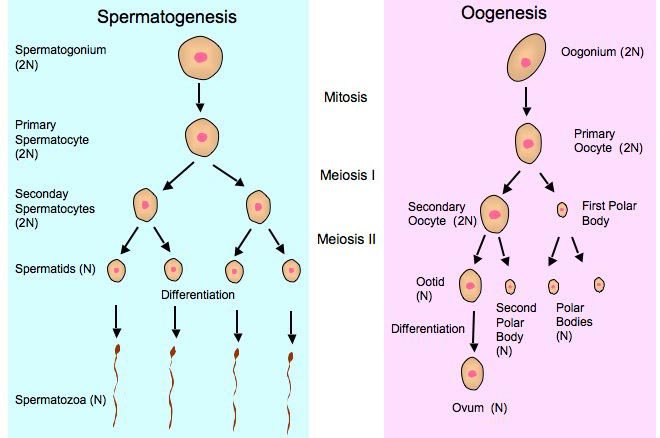Storage Granules – Definition, Structure, Functions
Storage Granules Definition Structure of Storage Granules Storage Granules in Bacteria Storage Granules Function Storage granules have several important functions in cells, including: Overall, storage granules play a critical role in maintaining cellular homeostasis and allowing cells to adapt to changing environmental conditions. FAQ References









